Climate science
-
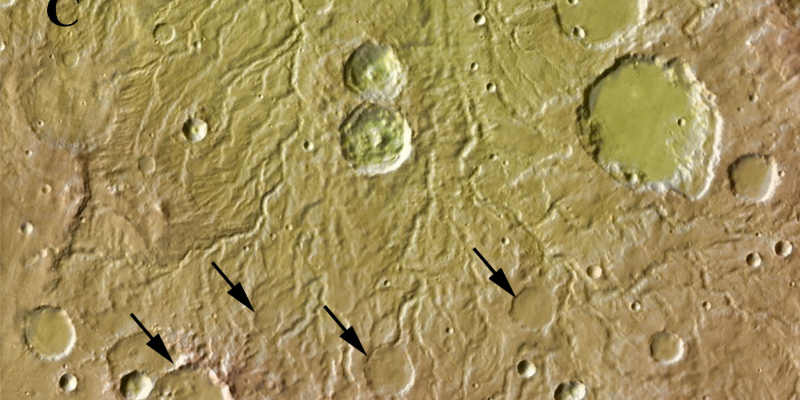
Unless you’re Matt Damon, you’re unlikely to think about agriculture on Mars anytime soon, but it’s still interesting to speculate on what the weather might have been like there in the past. EarthSky posted a story this week about how geologists and other scientists are determining the past weather on Mars and the signs for…
-

NASA reported that during the time period from 2002 to 2016, the continent of Antarctica lost 125 gigatons of ice as measured by the GRACE satellite instrument. The sea level rise from this ice loss amounts to 0.35 millimeters per year according to their report. While this might not seem like much, ice loss is…
-
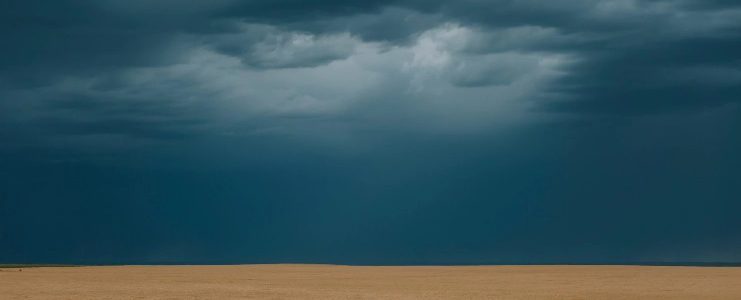
While I don’t often talk about politics in this blog, after this week I think it is important to address climate change and its impacts on agriculture and why so many scientists are so worried about what is going to happen to our climate in the future. I know from experience at many meetings that…
-

Weather Underground had an interesting analysis of how many record highs and record lows have been recorded at a number of stations across the United States since 2010. The work shows that five times as many record highs have been broken as compared to new record lows. This is not surprising because of the upward…
-
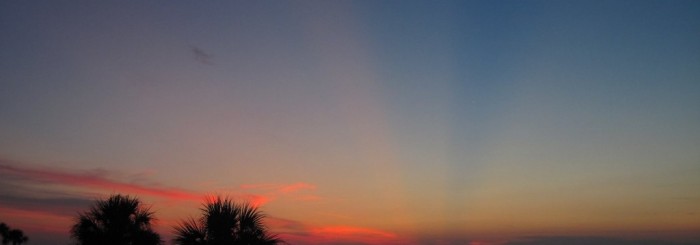
If you are at the beach this holiday weekend, you may have enjoyed a beautiful sunrise or sunset filled with color as the sun touched the horizon. Here is a short article by Dr. Marshall Shepherd in Forbes.com on the science of sunrises that you might find interesting, along with a sunrise picture I took…
-
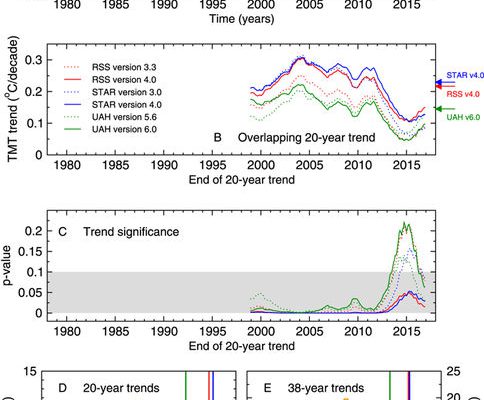
According to a new article in the journal Nature, “Satellite temperature measurements do not support the recent claim of a “leveling off of warming” over the past two decades.” Previous claims by those skeptical of the recent trends towards increasing temperature at the surface of the earth (including Scott Pruitt – the new Administrator of…
-
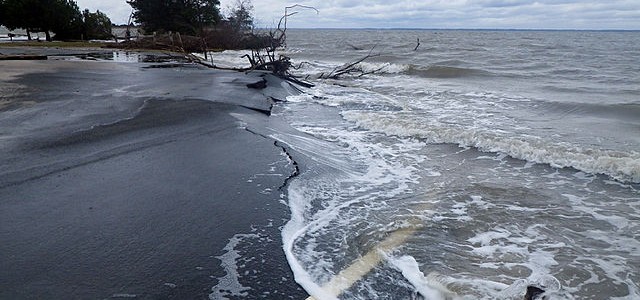
A new study by European scientists shows that the pace of rising sea levels is now three times faster than in the period before 1990 according to the Washington Post. The story says that “before 1990, oceans were rising at about 1.1 millimeters per year, or just 0.43 inches per decade. From 1993 through 2012,…